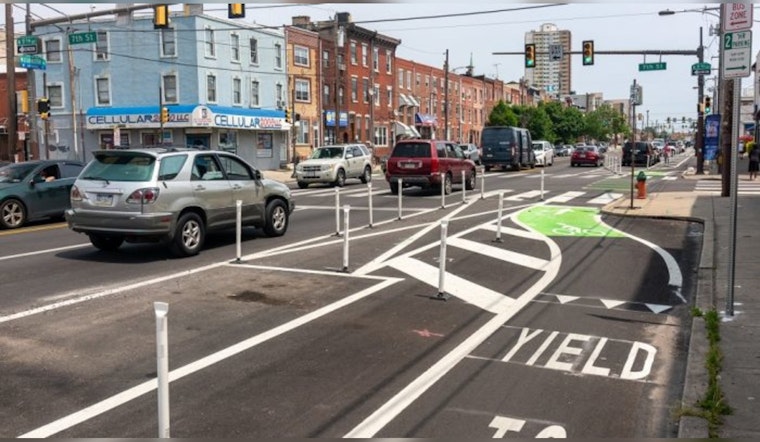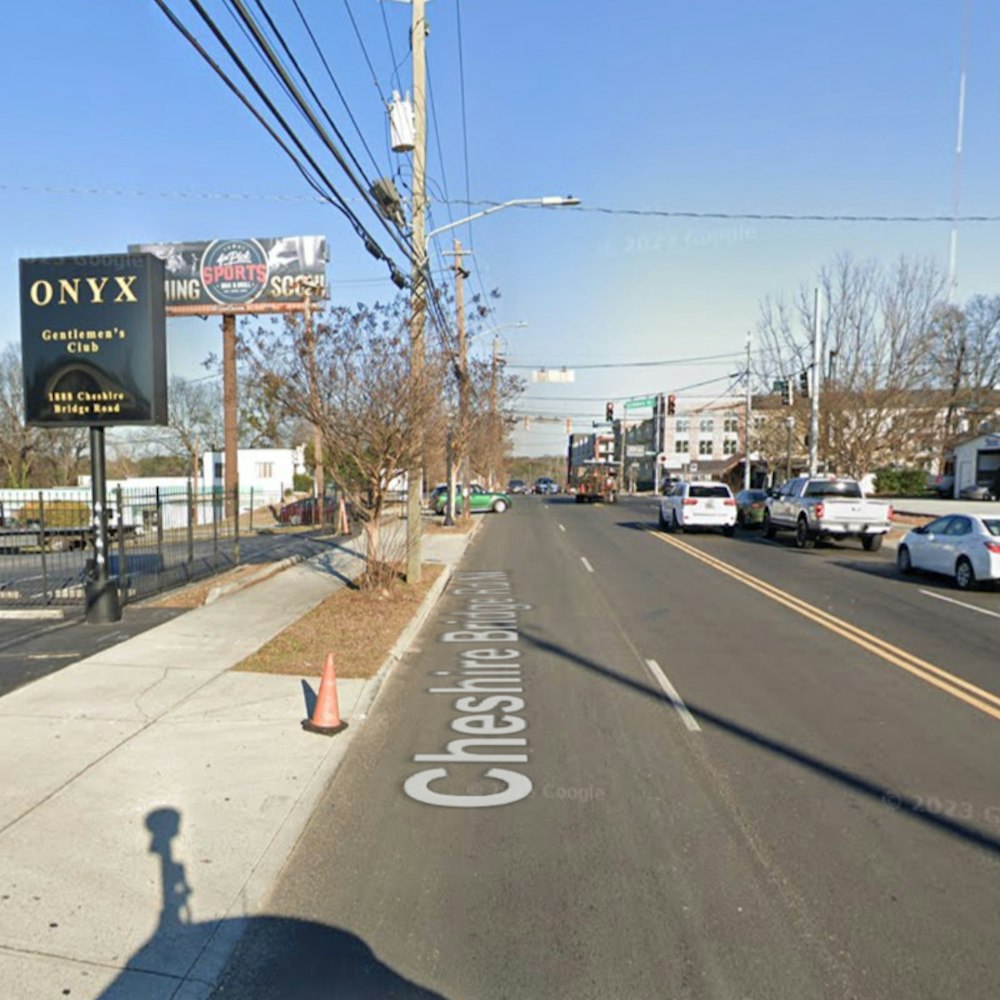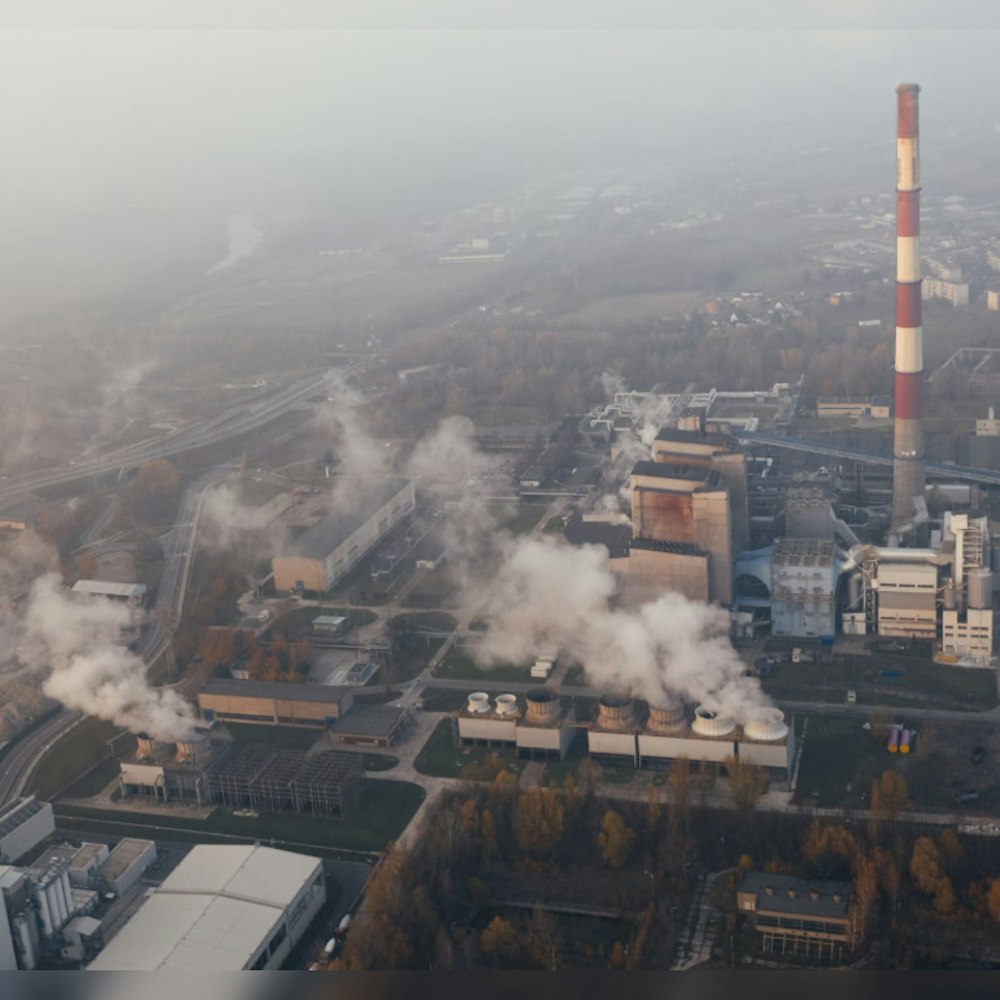
Philly's Washington Avenue corridor is showing signs of a safer and more efficient transformation one year after the city put its repaving and improvement project into gear. The Office of Transportation, Infrastructure, and Sustainability (OTIS) and Department of Streets are behind the wheel, with OTIS handling community engagement and design while the streets department took the lead on the implementation. Highlights of the project include traffic-calming measures, reduced exposure of pedestrians and cyclists to traffic, and increased daytime parking capacity, according to the city's report.
A key improvement was the installation of traffic calming measures such as speed cushions and hardened centerlines, laser-focused on the stretch between Broad Street and 4th Street. The City Council set the wheels in motion with legislation requiring OTIS to carry out evaluations at one and two years post-project completion. This first mandatory pit-stop has given us a glimpse into the impacts on all street users, from walkers to drivers to cyclists.
The numbers don't lie and Philly drivers seem to have lifted their foot off the gas. The Year 1 Evaluation Report points to a significant drop in speeding, especially where those brand-new speed cushions have been put down. The percentage of speedsters above the limit dropped across the board, and as for parking and loading capacity, they've gone up where new timed regulations and loading zones have kicked in. And here's a shocker: no significant hold-ups in vehicle travel times or transit operations were reported, even where lanes were reduced, as per the city's findings.
Sidewalk parking, however, still haunts the avenue, especially on specific blocks where the rubber meets the road outside automotive and construction-related businesses. These instances saw an uptick of 81% post-project. A concrete solution is on the horizon for those interim painted bus islands that will soon make way for sturdier, more permanent fixtures, in collaboration with SEPTA. Plus, tweaks in signal timing, curbside rules, and enforcement strategies are on the table, says the report.
Bikers have more of a reason to pedal down Washington Avenue, with peak hour volumes shooting up by as much as 181% on some blocks post-improvement. Overall, two-wheel commuters saw an increase in numbers by 62% to 101% along the full stretch from Grays Ferry Avenue to 4th Street. On top of it all, Route 64's buses are zipping through faster, and ridership is climbing faster than the citywide average—all thanks to those temporary bus islands, ready to be set in stone.
Illegal parking has taken a hit with double parking dwindling by nearly 88%, and median parking shrinked by almost 75%, compared to pre-project days. Although sidewalk parking surged, it seems Philly's road diet has been worthwhile. More improvements and a follow-up with local businesses are in the pipeline, as the city cruises toward another check-in come March of next year. For more details, fasten your seatbelt and cruise over to the full Year 1 Evaluation Report.









